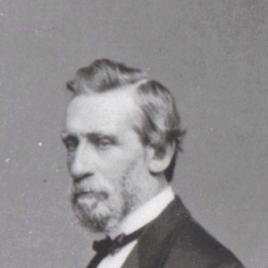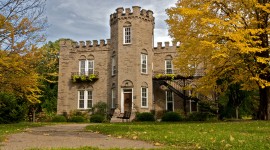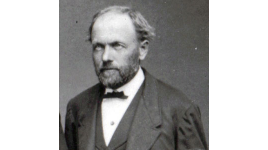Pioneer Information
Barry was born in Belfast, Ireland, and served as a public school teacher for several years before immigrating to the United States in 1836. After arriving in America, he was hired as a clerk by William Prince & Sons, proprietors of the Linnaean Nursery in Flushing, New York. In 1840 Barry relocated to Rochester, New York, where he partnered with German nurseryman George Ellwanger to establish the Mount Hope Nursery. The two men took advantage of the nursery’s location along the Erie Canal to become a primary supplier of flowers and fruit trees to the western territories and abroad. The nursery was largely responsible for popularizing the dwarf orchard tree to America, and the Sierra redwood to Europe, where they were renamed Wellingtonias. By 1871 Barry and Ellwanger had grown their Rochester-based nursery to 650 acres and had opened two additional branches in Toronto, Canada, and Columbus, Ohio. In addition to his responsibilities as the nursery’s primary businessman and marketer, Barry wrote numerous publications in the field of horticulture, including the article “Horticulture in Western New York,” published in the Transactions of the New York Agricultural Society in 1842, and the book The Fruit Garden in 1851. He also served as the horticulture editor of The Genesee Farmer from 1845 to 1852, and as the editor of The Horticulturist from 1853 to 1855. Throughout his career, he also served as president of the Western New York Horticultural Society and the president of the New York Agricultural Society. Ellwanger and Barry were both active philanthropists in their Rochester community and took an active interest in beautifying the city. These efforts included gifting the city 22 acres for the development of Highland Park, now part of the Rochester park system, and donating 50 shade trees to Mount Hope Cemetery. Barry died in Rochester at the age of 74.






